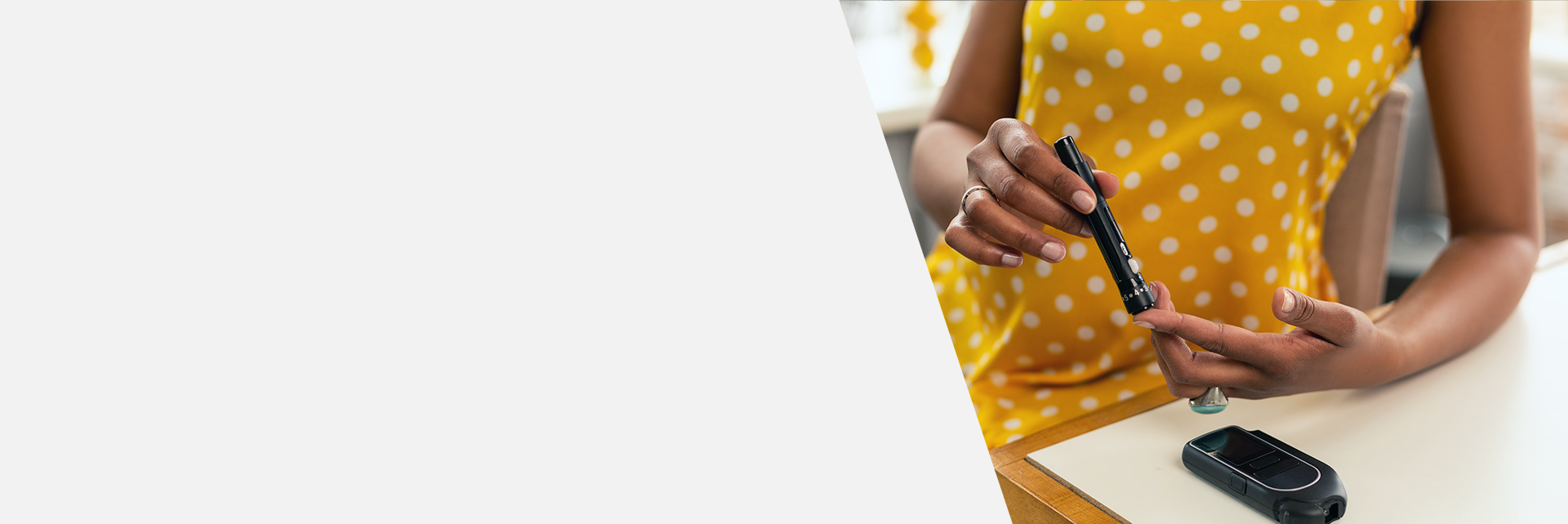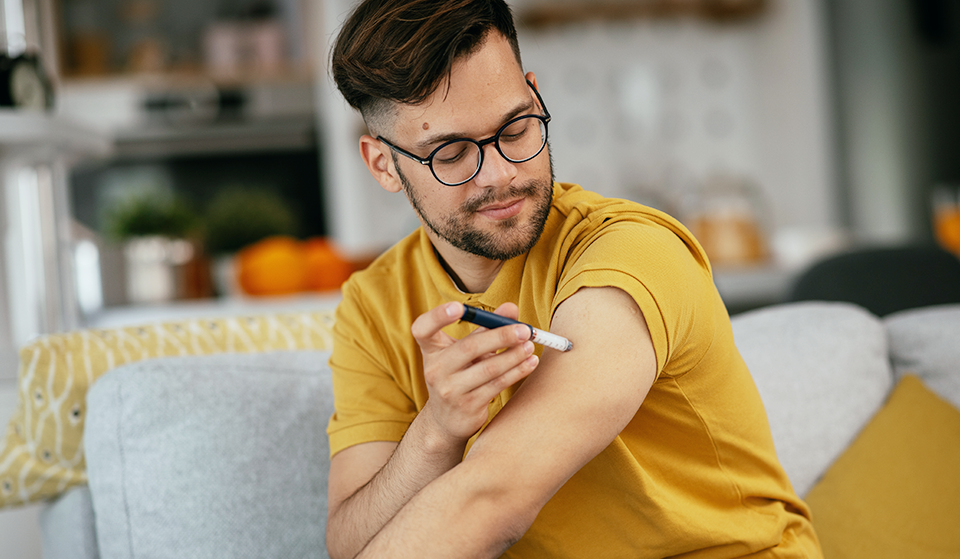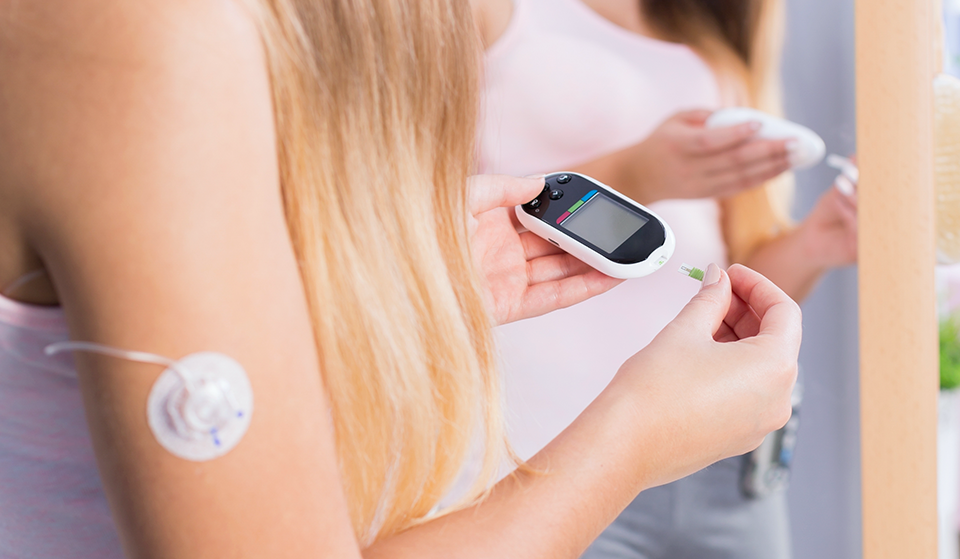
Insulin
Insulin helps regulate blood-sugar levels, a key to managing type 1 diabetes (T1D). There are many types of insulin that can be administered in several ways. Learn more below.
Insulin Types and Usage
Insulin helps regulate blood-sugar levels throughout the day and night, a key to managing diabetes. People with type 1 diabetes (T1D) rely on insulin therapy to help manage their blood-glucose levels. The food they eat, stress, illness, excitement and several other factors can all affect glucose levels, necessitating insulin for stabilization. There are many types of insulin that can be administered in several ways. See below for the different types of insulin.
Rapid-acting insulin starts working about 15 minutes after injection, peaks (or is at maximum effectiveness) in about 1 hour and continues to work for 2 to 4 hours after injection.
Regular or short-acting insulin starts working 30 minutes after injection, peaks anywhere from 2 to 3 hours after injection, and continues to work for about 3 to 6 hours.
(Example: Human Regular)
Intermediate-acting insulin starts working 2 to 4 hours after injection, peaks about 4 to 12 hours later, and lasts approximately 12 to 18 hours.
(Example: NPH)
Long-acting insulin is most often combined with rapid- or short-acting insulin. It starts working several hours after injection and tends to lower glucose levels up to 24 hours or almost a full day.
(Examples: Lantus, Levemir)
Ultra long-acting insulin starts working in 6 hours, but it does not peak and lasts about 36 hours, and in some cases longer than that.
(Examples: Tresiba, Toujeo)
How insulin is administered

Injections
Injections are needed multiple times throughout the day, although frequency varies on a case-by-case basis and typically involves a combination of both rapid- or short-acting insulin paired with a long-acting insulin. Injections are typically administered to the thigh, buttocks, abdomen or upper arms using syringes or an insulin pen.

Pumps
Insulin pumps deliver insulin throughout the day (basal insulin) and large amounts of insulin (bolus) to cover meals or correct high glucose levels. Most people use rapid-acting insulin in their pumps. Insulin pumps are often worn on the hip and can be detached from the infusion site (where the temporary needle or tube enters the body). Sites are typically in the upper thigh, abdomen or along the tricep.
Side effects of long-term insulin use
There are a few direct side effects of insulin usage. When dosing is off or carbohydrate intake is miscalculated, people with T1D may experience hypo- or hyperglycemic episodes (lows or highs). Both of these states have distinct symptoms, and can be life-threatening if not addressed (diabetes ketoacidosis or DKA). People with T1D may also experience itching, loss of fat at the insulin injection site, pain and rash or redness at injection or pump sites.